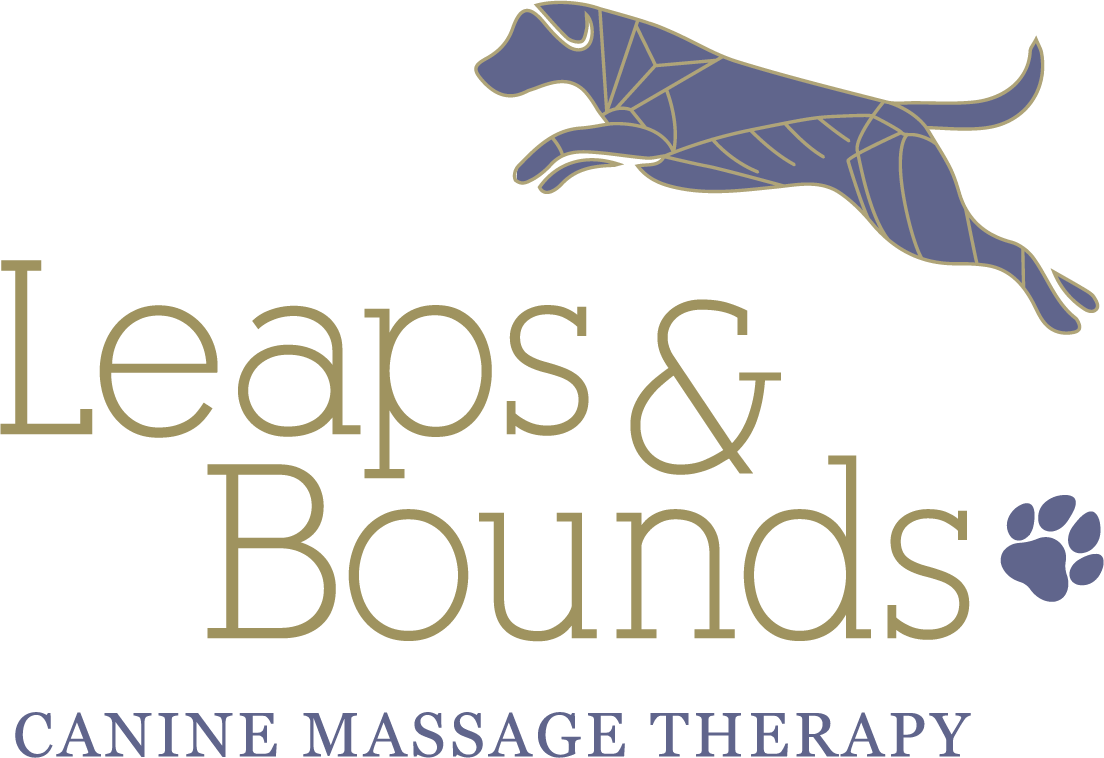Video by Andy. Please note that Leaps & Bounds Canine Massage Therapy is not affiliated with ‘Andy’.
Vestibular Syndrome
The Vestibular system is responsible for maintaining balance, posture and the orientation of the body in relation to the horizon. There are two types of vestibular syndrome:
Peripheral vestibular syndrome (PVS) occurs when the inner ear has difficulty connecting with the brain. Causes of PVS include: middle or inner ear infections, consuming drugs that are toxic to the ear, trauma or injury, tumours and hypothyroidism.
Central VS (CVS) occurs when reactions in the sensory and motor pathways are obscured in the brain. The most common causes of CVS are: encephalitis, brain tumours, vascular infarction (obstruction of the blood supply to an organ or region of tissue) and metronidazole toxicity (metronidazole is an antibiotic).
In cases where there is no specific cause it is called idiopathic vestibular syndrome and the sudden onset of clinical symptoms lead to subsequent rapid improvement, with little to no medical intervention needed.
Symptoms:
Abnormal posture (a head tilt or leaning towards the side of the problem)
Asymmetric ataxia (drunken gait)
Circling or deviating towards the side with the problem
A wide-based stance for stability
Nystagmus (rhythmical, repetitive and involuntary eye movements)
Vomiting due to dizziness or motion sickness
How massage can help:
Massage can ‘ground’ a dog, helping them to feel secure whilst their movement is unfamiliar
Improve circulation and lymphatic drainage whilst the dog is less mobile
Relieve stiffness or overcompensation that occurs from an abnormal posture
Increase sensation and awareness of body position
Maintain soft tissue flexibility whilst movement is limited.
